Kishori Amonkar: The Voice That Stayed True
Legendary Hindustani classical vocalist Kishori Amonkar passed away recently, leaving a huge void. She gave great primacy to the basic svaras, the building blocks of music, writes Aparna M Sridhar in this wonderful tribute.
With the passing of Kishori Amonkar, modern Hindustani Khyal singing has lost perhaps its only champion of preserving Khyal’s precious link to Hindustani music’s roots in the Vedic-chanting based Dhrupad form. Considering that Dhrupad singing itself is a dying art form on the periphery of Hindustani music, the loss is all the more acute. For a few decades now, Dhrupad has been the ‘other style’ of Hindustani music that is barely heard in concert halls, and little known to the general classical music lover.
True to the Vedas
Kishori Amonkar was trained in the Jaipur-Atrauli Gharana which originated from the Veda-based Dhrupad singing and acquired its name and status as a gharana only in the early half of the 20th century. It was to this Vedic root that Amonkar wanted to return Hindustani music to, where the purest form of sound – the svara, occupies greater primacy than even perhaps the raag. To Amonkar, Indian classical music was the Fifth Veda and in her life and she succeeded in reversing some of the changes that had taken place in North Indian classical music over the last two centuries. Fearing Khyal was losing its emotional appeal, and instead becoming overly grammar driven and fast paced, she sought to free melody from rigid structures.
“Moghul music took up only the medium or carrier part of our music, the musical grammar, the ragas, specific compositions. Everyone forgets that Indian music originates from the Vedas. It actually explores the language of notes without the bindings of rhythm and verse. I try to surpass the technicality of Indian classical music, go beyond the set grammar. Is it the role of the classical musician to only show a command over the medium? I did not find any emotion being released in the technicalities of Hindustani music,” she has said.
Flautist Ronu Mazumdar remembers accompanying her in the 1980s for ‘Tumre Kaaran Sab Jag Choda.’ “When she sings, one does not get the feeling of a person singing perfectly, of a perfect gayaki demonstrating murkis (oscillations). She was able to convey a sense of hearing something that one has not heard before by her ability to go into the komal or shuddha svaras. The truth was she was always praying for a vision of this shruthi inside the notes – nearest to Sa. She would then go on to achieve that, authoritatively hitting those notes.” Take for instance, when she sang Yaman. The Dhaivat in Yaman is a passing note in the Hindustani system. She changed that, “standing on Dhaivat, giving a unique pause, a unique khusbhoo (fragrance) to Raag Yaman. Many musicians today are giving importance to the dha,” says Mazumdar. Because of her, more musicians are paying attention to individual notes.
Moulding Her Music
After losing her voice at the age of 25 and regaining it after two years, Amonkar started leaning even more towards Dhrupad-like bhakti bhava renderings, evident in two unforgettable compositions – Sahela Re and Mhaaro Pranam. In the first, she said people mistook her to be addressing a friend, when in reality, her composition is almost Thyagaraja-esque addressing her Lord as a friend and asking Him to help her find the nuances in the seven notes. Throughout her life, she sought to be united with a higher consciousness – Brahman, which to her was the beginning and the end, her art the thread in between.
The views of Kishori Amonkar show a remarkable insight into the processes that have been in operation in Indian music over the centuries. Ashish Sankrityan, Director, Dhrupad Kendra, Bhopal, says that the developments in Indian music in the last two or three centuries, which saw the rise of khy?l, represent a very major break from the Vedic tradition.
A distant influence of Dhrupad was still in evidence in the singing of khyal singers of the early twentieth century — like for instance in the rendition of the vilambit khyal compositions by Kesarbai Kerkar or by Kishori Amonkar’s mother – Mogubai Kurdikar, who had learnt directly from Alladiya Khan, who himself of course came from a dhrupad lineage.
Sankrityan says: “After Amir Khan and Bhimsen Joshi, Kishori Amonkar was among the last of the khyal singers in whom the influence of the subtle aspects of sound and resonance, a vestige of the old grama murcchana and Vedic svara system of Dhrupad, were still in evidence. It is an influence that essentially came from hearing and assimilation and was of course already less strong than in the generation of her teachers. It will only fade away with successive generations.” Amonkar will also be remembered in addition, as perhaps the last among those who romanced the voice. She cultivated her voice, says Mazumdar to reflect ‘naritva’ (feminity) and through it divinity. It was all about, ‘softness, heavenly prayers, never forcing any phrase, instead lingering on the note’. She would tell him that “I may be the last of the romantics in that kind of singing. I am afraid there are no more romantics of that kind.”
The person behind the music
A lot has been written about Kishori Amonkar’s voice and her bold experimentations in Hindustani music. And also about her tantrums and intolerance for people who did not show respect for the art form.It is interesting that a lot of who she became and what she insisted upon was because of her own childhood experiences, growing up without a father, and being the daughter of a renowned female musician who had to work hard for both opportunities and remuneration. Growing up in a chawl with her siblings, seeing for herself the hardships that a life in music entailed, Kishori Amonkar learnt to be tough with organisers even when she could be so gentle in her music. Widowed early like her mother, she struggled to bring up her children and juggle her career in music.
She sang for only one Hindi film and it is rumoured that a famous playback singer thwarted all sales in music stores, enraging Tai so much that she decided not to sing for films after that. Early in her career, she mistrusted the media who never showed much interest in classical music unless it served their own ends. She would tell one photographer friend, “Why do you take pictures of musicians…it is only for publicity, not for the music.”
People would talk about how she would start concerts late, or nit-pick about the acoustics and arrangements. But she would say that that she takes time to tune her sur mandal and the tanpuras of her accompanists. And was it preferable that she start on time, and do nothing else. She would talk about raags having moods, and summoning them was a musician’s duty.
She would give very few concerts, and when she sang, people thronged. Early in her life, she had promised her mother that she would not do more than three concerts a month, as each concert required eight days of preparation….and in a month, that was all the time she could give for a concert apart from learning new things. While MS Subbulakshmi was the first musician to receive the Bharat Ratna, Kishori Amonkar was awarded the country’s second highest civilian award – the Padma Vibhushan. To her, the title of ‘Ganasaraswasthi‘ conferred by the Paramacharya of Kanchi was a greater reward.
Katti with her guru Kishori Tai
I had commissioned Sangeetha Katti, Bangalore-based Hindustani musician and playback singer, and a long time disciple of Kishori Tai to interview her guru – this interview happened just a few days before her demise. Below are some excerpts from their discussion.
On the primacy of emotion: “Music is a small world of just seven notes, whose dimensions are big, limitless, infinite…each ‘sur’ (note) is like a new-born baby, nurture it. It is delicate and precious. A raga is a feeling, just express it. It is just like when you love something or someone. How can that love be expressed unless you yourself feel it first? It’s the same with a raga — feel it, express it, experience it. Our music is emotional not mathematical. Live this tradition, preserve this legacy.
On music and divinity: “Sing for Him, the Almighty…to Shri Raghavendra Swamiji himself (Amonkar was an ardent devote of Mantralayam Shri Guru Rayaru.) Sa is parabrahma. Don’t bring the ‘you’ while singing a raga. Leave out your personal feelings and emotions and instead bring out the feel of the raga. For that you need to worship each note of the raga to make it come near you.
On a guru’s role: “Guru is the power, the strength of a shishya. Guru is the protector, the one who exists always, never perishes. When I lost mai (Mogubai Kurdikar) in 2001, I felt that I had lost everything, more because she was my guru, not just my mother. But her discipline, her purity, her sanskar have remained and guided me throughout. Her actions, her gestures, her style on stage, even the way she took her pallu fully over her shoulder and never showed her feet, etc, are followed not only by her disciples, but other lady musicians too.”
Comments
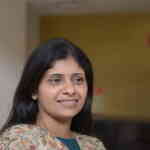
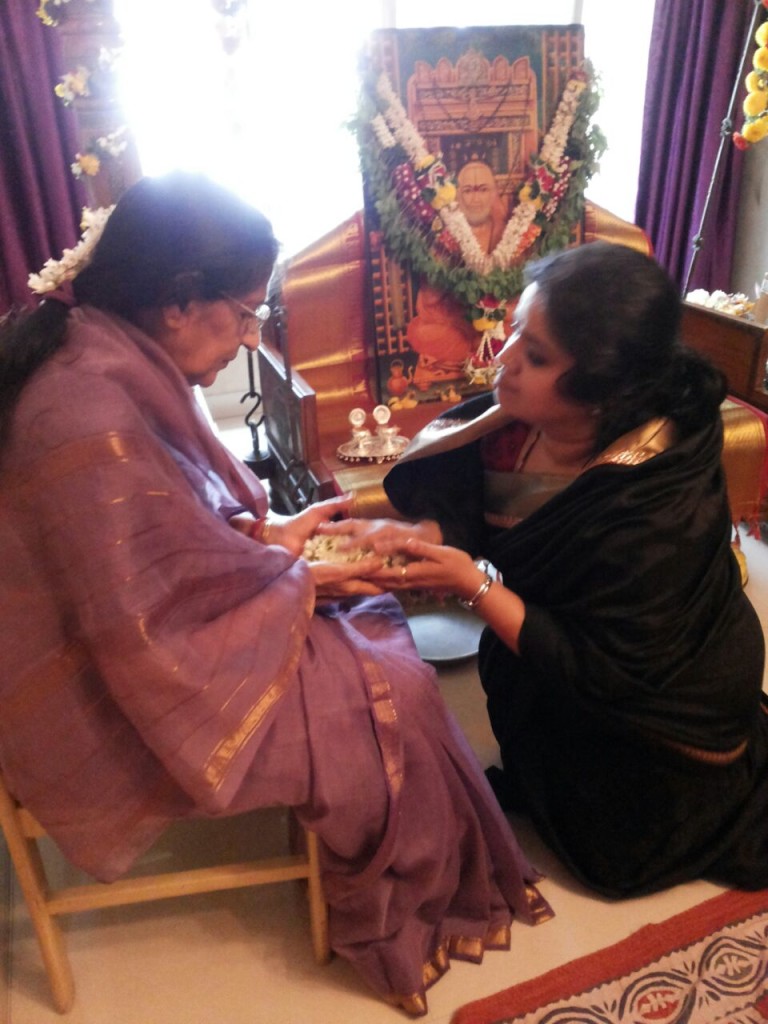
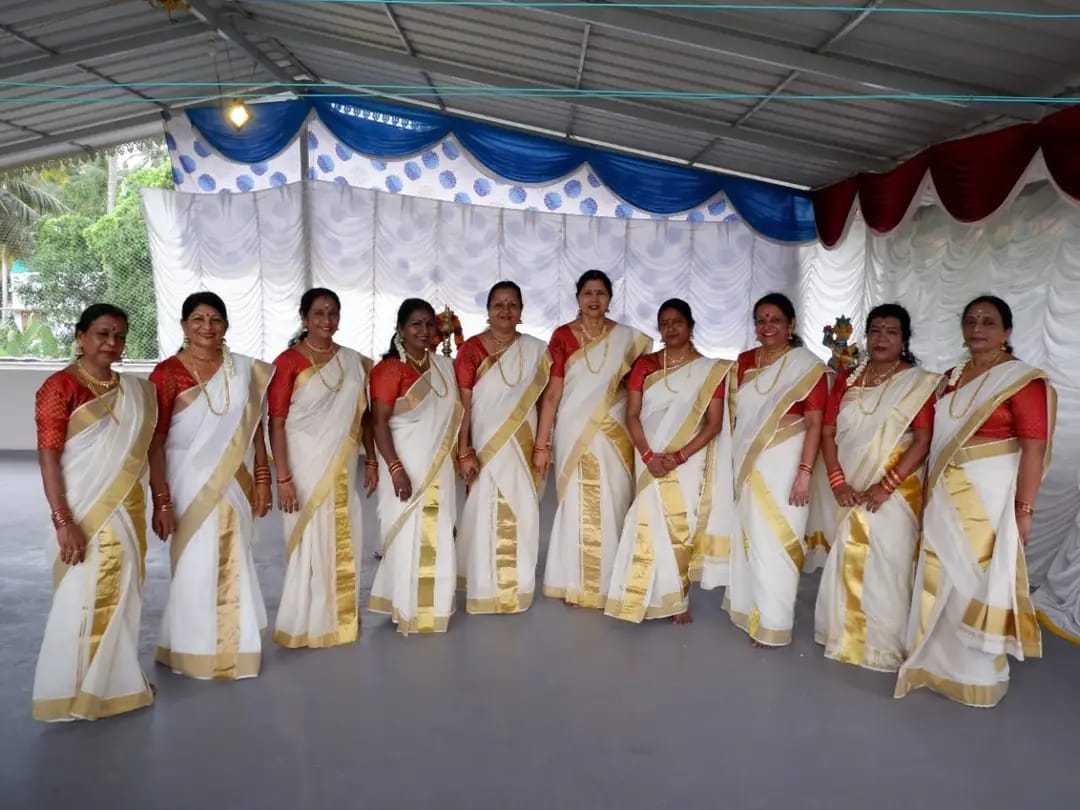
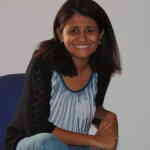

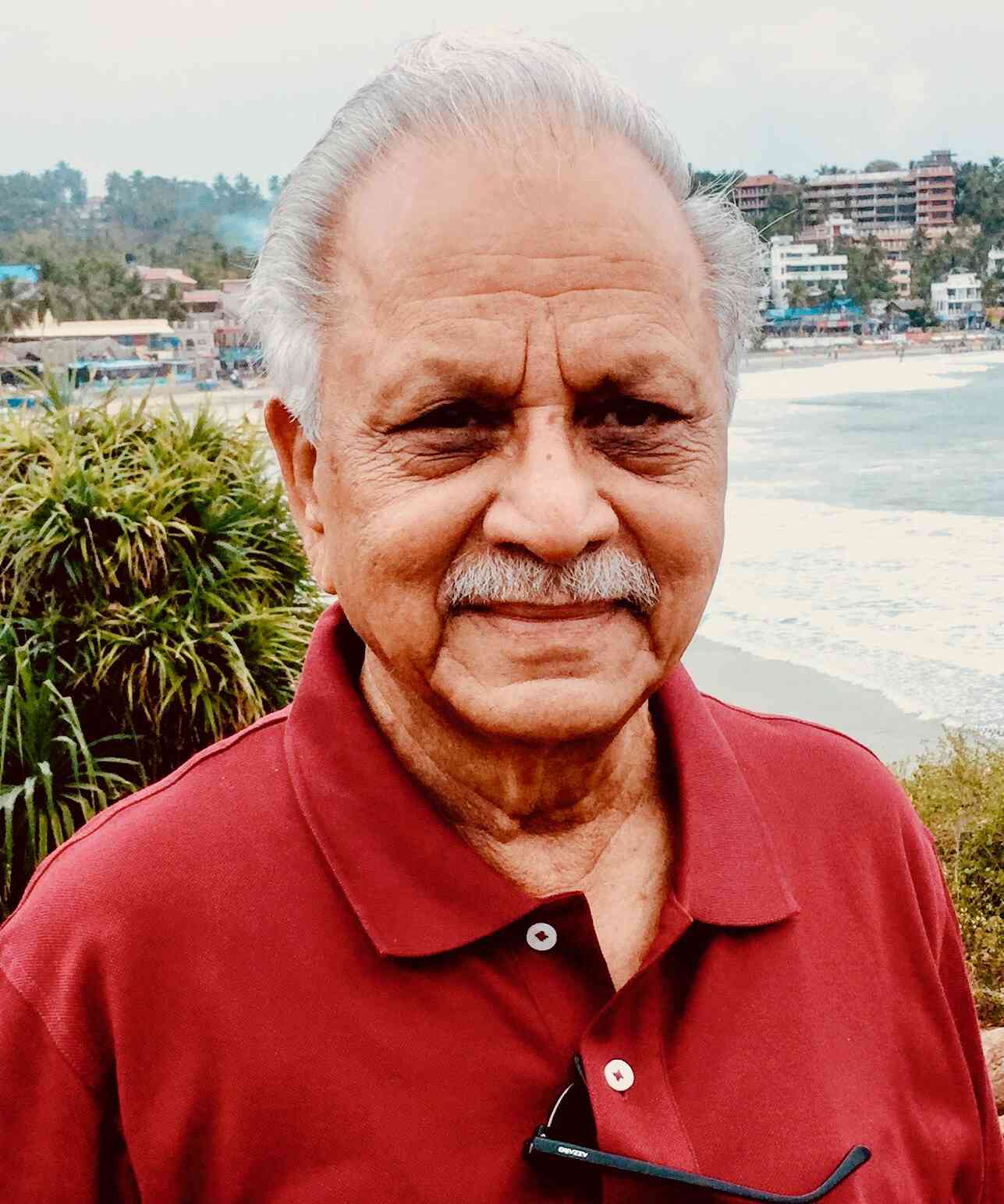

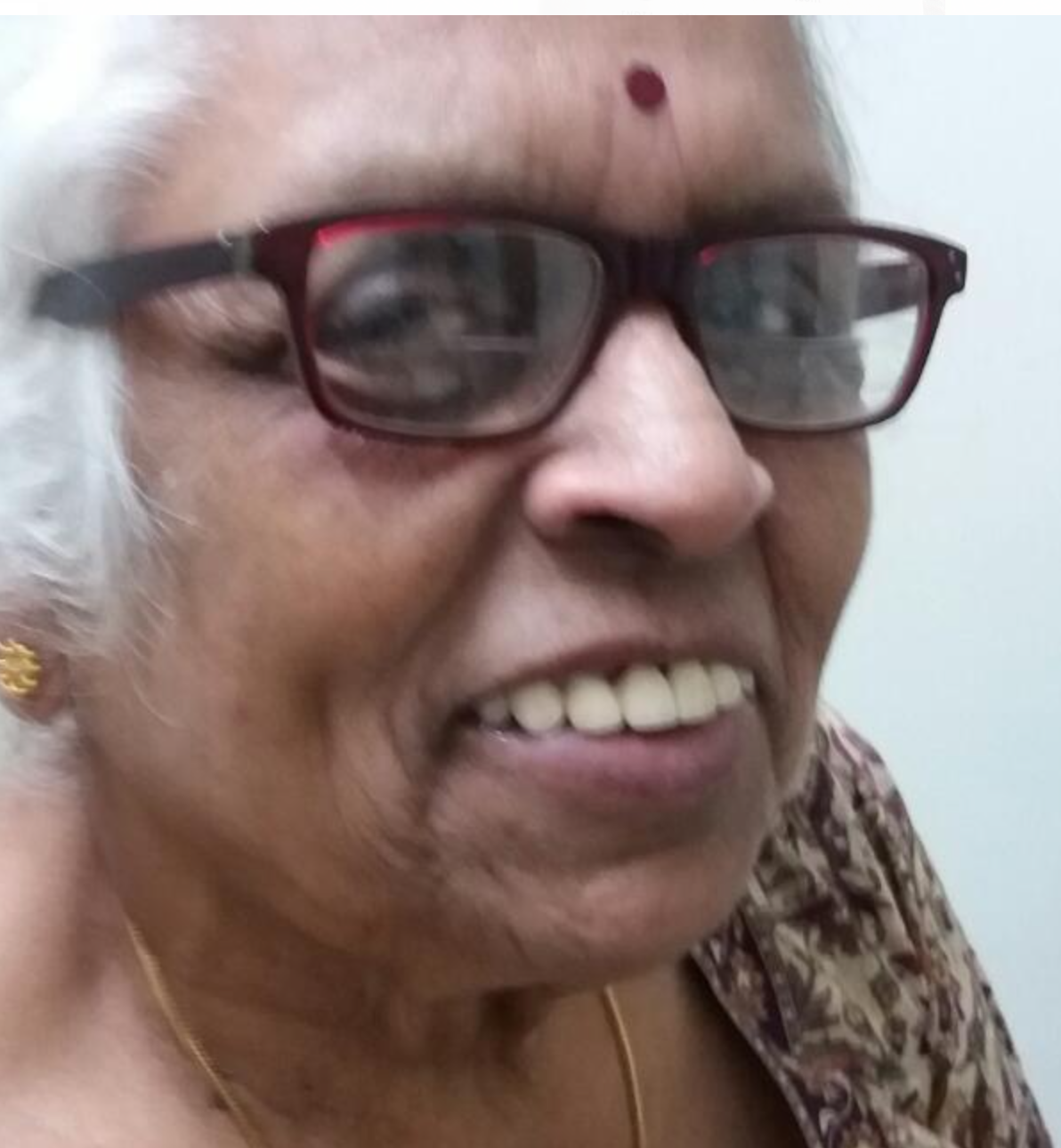
Post a comment